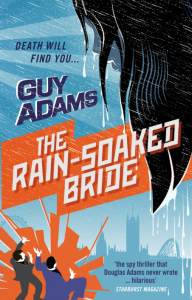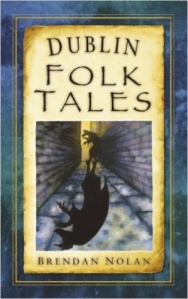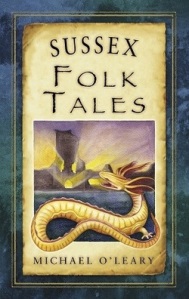 “When I was born, the name for what I was did not exist.”
“When I was born, the name for what I was did not exist.”
In a desperate attempt to get as far away as possible from the continuing horrors of 2020 Britain, I decided to fall into a book as far away as possible. The ends of the universe were unavailable due to the TARDIS being in use, so instead I slipped along another axis and back to the point where history meets myth and the gods rule with unmatched power. It’s Ancient Greece.
Circe is a nymph, one of the thousands of daughters of the sun god Helios, but is not showered in his praise like her siblings, considered ugly and unworthy. After speaking with Prometheus before he is taken off to endure his eternal torment, she decided to try and make her name known, first turning a sailor into a sea god, and then having his lover Scylla turned from a beautiful maiden into a hideous six-headed creature, condemned to a life trapped in a sea cave. Deciding that her actions have gone too far, she is banished to the island of Aiaia to live in exile.
While there, she becomes history’s first witch, an expert in herbs and potions and a place for the gods to send other wayward nymphs to keep them out of harm’s way. When lost sailors begin to arrive, at first she takes pity on them, but when they start taking advantage of her and her hospitality, she decides she’d rather turn them into pigs. When Odysseus and his men arrive, however, she softens a little and even has a son by him, and when Athena arrives demanding she hand over the young Telegonus, Circe must use her most powerful magic to ensure that she and her son are never discovered again.
Circe is one of those characters on Greek myth that we’ve probably all heard of but don’t know very much about. She is famed only in the story of Odysseus for turning his men into pigs, where she is displayed as an evil witch. Like with Wicked, here we get to see the story of the villain and find out a different version of what happened. Notably, it is a case again of a woman being silenced and her story passed down through the words of men, turning her from a human into a demon. I knew nothing more of her than her pig transforming habits, so I was fascinated to learn more details about her from the other less well known myths. Miller paints her as a sympathetic woman who isn’t afraid to take control of her life and do what she needs to protect herself and her family. In doing further research, it seems that she had more children too, so this is obviously a streamlined version of the myth. That’s not a complaint, however. Myths are naturally mutable, so it’s entirely within reason to meddle around with timelines and traditional narrative.
In places the story lacks a little pace, but this isn’t a story of great action and turmoil being constant. By its very nature, Circe spends a lot of time alone, and the world that gets painted around her is beautiful. The relationships are all fascinating – I always loved that the Greek heroes and gods are so human – and it’s a lovely insight into a world of magic and monsters.
A fascinating exploration of one of myth’s most maligned maidens.
Looking for something to do while you wait for the world to return to normal? My new book, Questioning Your Sanity, is a quiz book containing over seven hundred questions and extra trivia on every page. It’s ideal for anyone missing their regular pub quiz, or anyone who wants to brush up on their general knowledge and check their mind hasn’t entirely gone during lockdown. It would also make a great stocking filler for the trivia junkie in your life. Available in paperback or for Kindle now.
 “These days the origin of the universe is explained by proposing a Big Bang, a single event that instantly brought into being all the matter from which everything and everyone are made.”
“These days the origin of the universe is explained by proposing a Big Bang, a single event that instantly brought into being all the matter from which everything and everyone are made.” “One morning, when Artemis was out walking the dogs, she saw a tree where no tree should be.”
“One morning, when Artemis was out walking the dogs, she saw a tree where no tree should be.” “The agora was always busy.”
“The agora was always busy.” “‘I believe the question, then,’ says Vasily Yaroslav, ‘is one of intent.'”
“‘I believe the question, then,’ says Vasily Yaroslav, ‘is one of intent.'” “Four men in dark grey suits and black sunglasses climbed out of a black, fat-wheeled Transit and slammed the doors.”
“Four men in dark grey suits and black sunglasses climbed out of a black, fat-wheeled Transit and slammed the doors.” “I hear his heartbeat first.”
“I hear his heartbeat first.” “From the other side of St Isaac’s Square, a driver beats his horn twice in quick succession.”
“From the other side of St Isaac’s Square, a driver beats his horn twice in quick succession.” “It is very hard to be a storyteller in Dublin for everyone has a story to tell if you will but listen.”
“It is very hard to be a storyteller in Dublin for everyone has a story to tell if you will but listen.” “When I was asked to tell stories at a place called Gumber Bothy, I thought it must be somewhere in the Scottish Highlands.”
“When I was asked to tell stories at a place called Gumber Bothy, I thought it must be somewhere in the Scottish Highlands.”